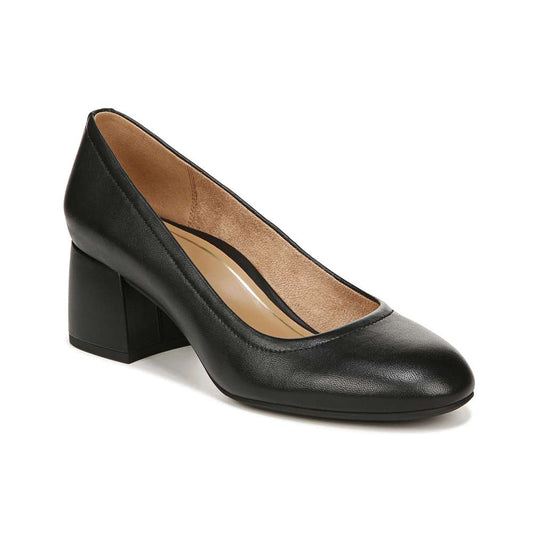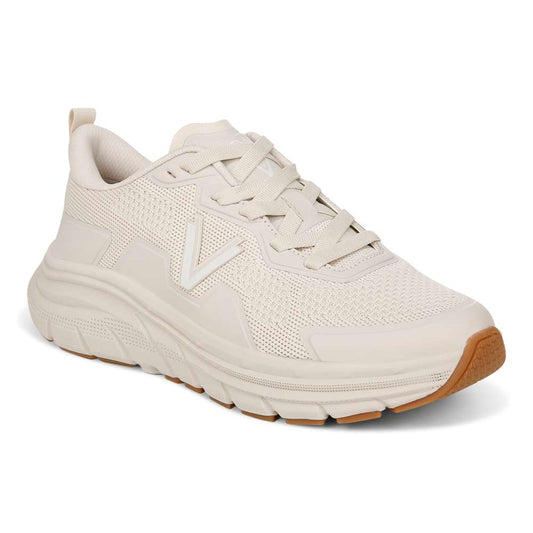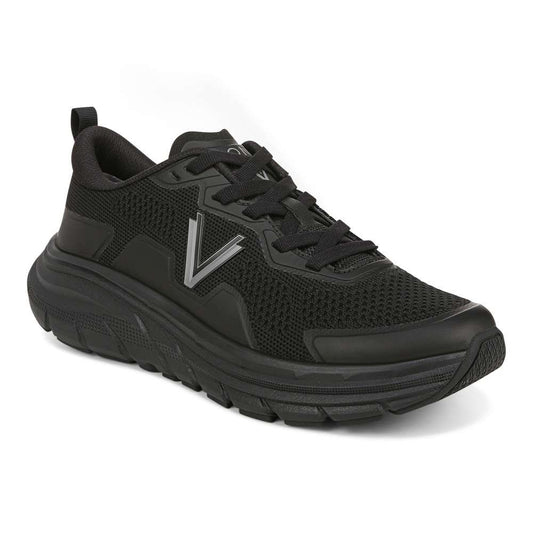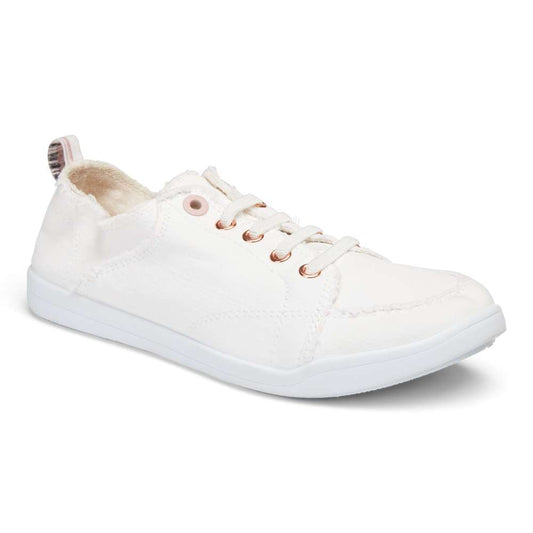WHAT DOES YOUR HEEL PAIN MEAN?
Heel pain is often a symptom caused by one of two conditions: plantar fasciitis or Achilles tendonitis. Most commonly, heel pain experienced at the bottom of the heel is caused by plantar fasciitis. Heel pain may become so severe for some that just putting weight on their feet first thing in the morning is excruciating. Walking or running may feel completely out of the question.
how heel pain develops
If your foot pronates too much, the ankle rolls too far downward and inward with each step. This can cause the arch to collapse and muscles and supporting structures to over-stretch and lengthen. The ligaments running from the heel to the toes become strained, often leading to inflammation along the bottom of the foot. This inflammation and heel pain is known as plantar fasciitis. In response, the bone may also develop a bony growth (heel spur), right in the centre of the heel. This too causes heel pain and can prevent an individual from walking with ease.
Causes of foot heel pain
Injury, disease and excess weight are among the possible culprits, but it’s probable that your heel pain has developed from poor biomechanics.
You’re not alone, however. A majority of the American population experiences misalignment due to over-pronation. Over-pronation can become even more excessive when you wear unsupportive shoes and walk on hard, unnatural surfaces.
vionic shoes support natural alignment
A trial period of 12 weeks (targeting 150 heel-pain sufferers age 50+) showed that patients wearing Vionic contoured sandals were 68% more likely to report improvement in symptoms compared to those wearing flat flip flops. Results also showed that the contoured sandal provided similar relief to best-selling Vionic orthotic insoles in alleviating heel pain.
Read the Full Study here
TREATMENT FOR HEEL PAIN
There are several ways in which you can treat foot and heel pain at home or without resorting to surgery. Discuss these with your physician first to determine the best course of action for you.
HOW VIO MOTION SUPPORT CAN HELP REDUCE HEEL PAIN (PLANTAR FASCIITIS)
By wearing orthotic shoe inserts or supportive shoes for heel pain, you can align your feet and reduce over-pronation. Extra arch support and realignment of the lower leg to its natural angle reduces the pulling and strain on the plantar fascia. This can take away a common cause of heel pain and reduce the aggravation of heel spurs. Vionic technology is shown to help reduce over-pronation and associated conditions due to misalignment. If you are looking for shoes for plantar fasciitis, find a pair of supportive shoes from Vionic that provide heel support, comfort and style. You can enjoy instant relief through this breakthrough technology built into a selection of stylish casual and dress shoes, walking-specific shoes and sandals, supportive slippers and more.




















